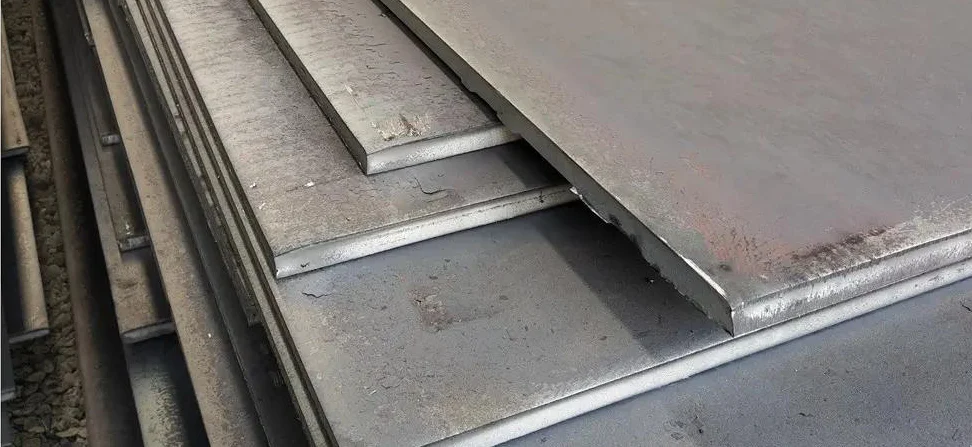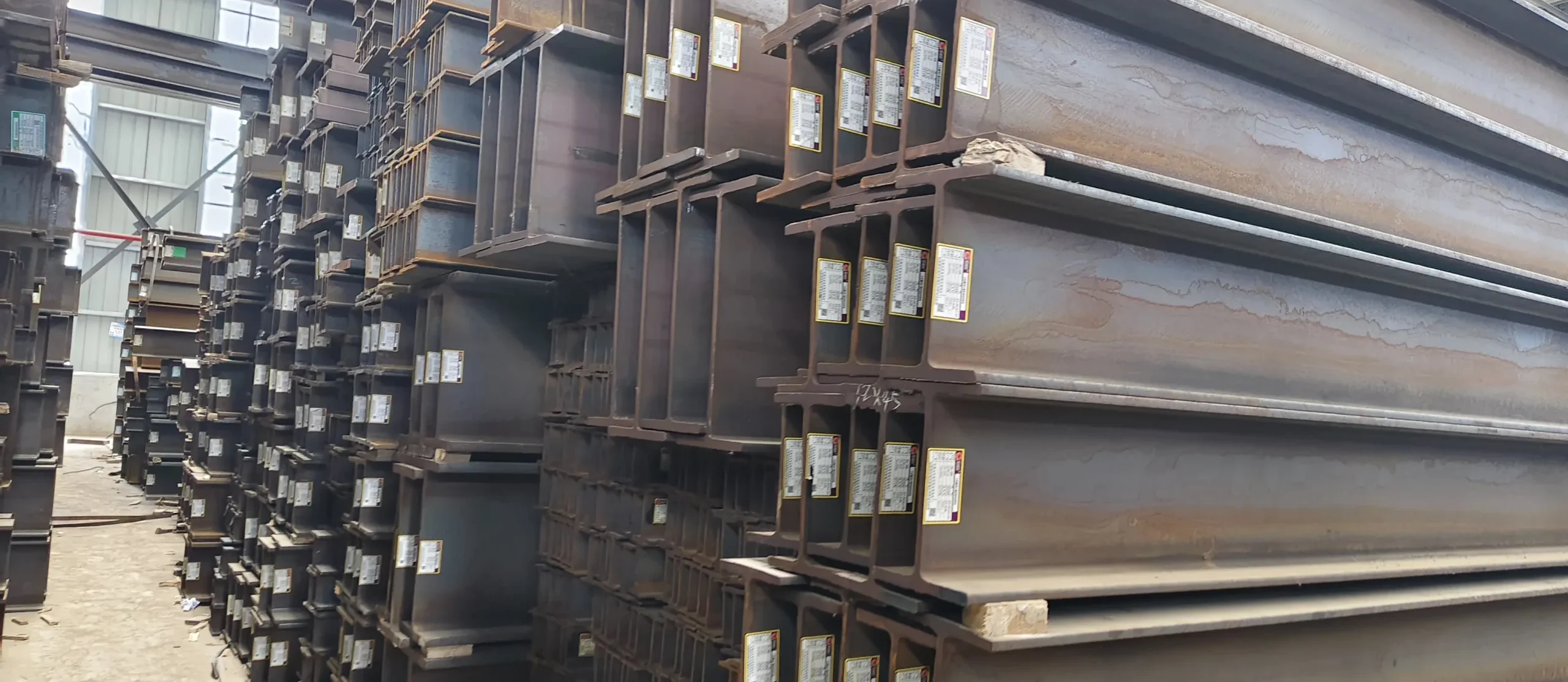Development of Stainless Steel China Production Technology
At the beginning of 1950s, foreign stainless steel pipe production technology has undergone a milestone change: the hot extrusion process originally applied non-ferrous metal material production has gone through a breakthrough on the lubricant, billet heating and service life of the mold.

Especially in 1941, after the so-called “glass lubricant” patent license was awarded to French called J. Sojourner, hot extrusion process is quickly applied to steel extrusion, and soon became the best choice in the stainless steel pipe production process.
In 1951, after theindustrial production workshop B&W (World’s first company to use glass lubricant for rapid extrusion of stainless steel pipes) set up in America, almost all the large stainless steel pipe manufacturers bought that patent, and replaced all kinds of manufacturing methods for seamless stainless steel pipes, which included B&W and Curtis Wright in America, Henry Wiggs Alloy and T. Stainless Tubes in British, Sandvik in Swiss, Schoeller Blechman in Austria, Niko pol Yuzhnotrubony lube Works in Former Soviet Union, Sumitomo, Kdbe and Sanyo in Japan and altogether 36 stainless steel manufacturer.
At that time, China failed to introduce this advanced technology, and it continued to manufacture seamless stainless steel pipe through cross rolling perforation and cold rolling, cold drawing technology. This technology has been adopted until now, and becomes China’s traditional technology.
However, decades practice shows that this technology has some limitations: one is that there will be “Mannesmann Effect” during the process of cross rolling perforation, it will destroy the center metal continuity of the billet, which will lead to the defects on its inner surface includes porosity or cavity. It will limit the production of high alloy and low plasticity materials as well as the application of continuous casting billet.

Another one is cross rolling process is limited by the length of billet. If the billet is too long, the temperature of the molybdenum base alloy will be too high, leading to the overheating or over-burning in the inner surface of the pipe and cracks or folding defects. More importantly, traditional technology cannot produce hot-rolled, finished excellent pipes. Since China has been adopted traditional technology for a long period of time, there are still some blanks in our stainless steel markets. For example, in some circumstance, it requires hot rolled pipes. However, the one can only choose to use cold drawn precision pipe instead of hot one since he cannot produce it.
According to statistics provided by the United States, hot rolled pipe market accounts for 67% in its stainless steel pipe market, and the cold rolled cold drawn pipe only accounts for 33%. This means that there are still 67% of us still using cold one to replace hot one, which increase the cost for stainless steel pipes. Besides, for some special stainless steel pipes with high alloy, high performance, low plasticity and high nickel requirements, customers will say it must use extruded billet pipe. Since China cannot produce it, it can only be imported from abroad.
We hope that China can improve its technology in stainless steel pipe manufacturing process in the future, and we are also looking forward that more stainless steel seamless pipe factories can engage in the process to improve the manufacturing process of stainless steel seamless pipe.



